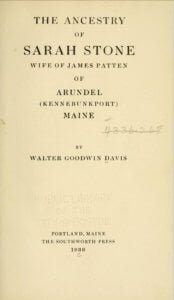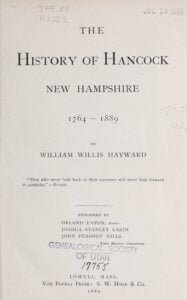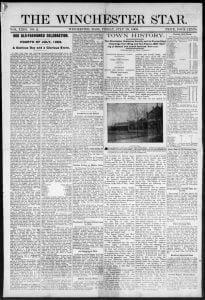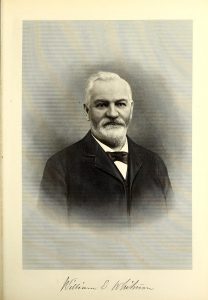The Waitley family in the United States
“Marian Drew Waitley’s ‘The Waitley Family in the United States’, self-published in 1956, documents the lineage and historical narrative of the Waitley family, tracing back to John S. Waitley, an early ancestor from Scotland. This book leverages details from a 19th-century biographical history specific to several Iowa counties to shed light on John S. Waitley’s life, including his migration from Massachusetts to Ohio and his role as a Free-will Baptist Church minister. The narrative explores his family connections, notably a disputed link to Josiah Bartlett, a signer of the Declaration of Independence, and outlines the broader familial contributions and movements across the United States, all while addressing discrepancies in historical and genealogical records regarding familial relations.”















